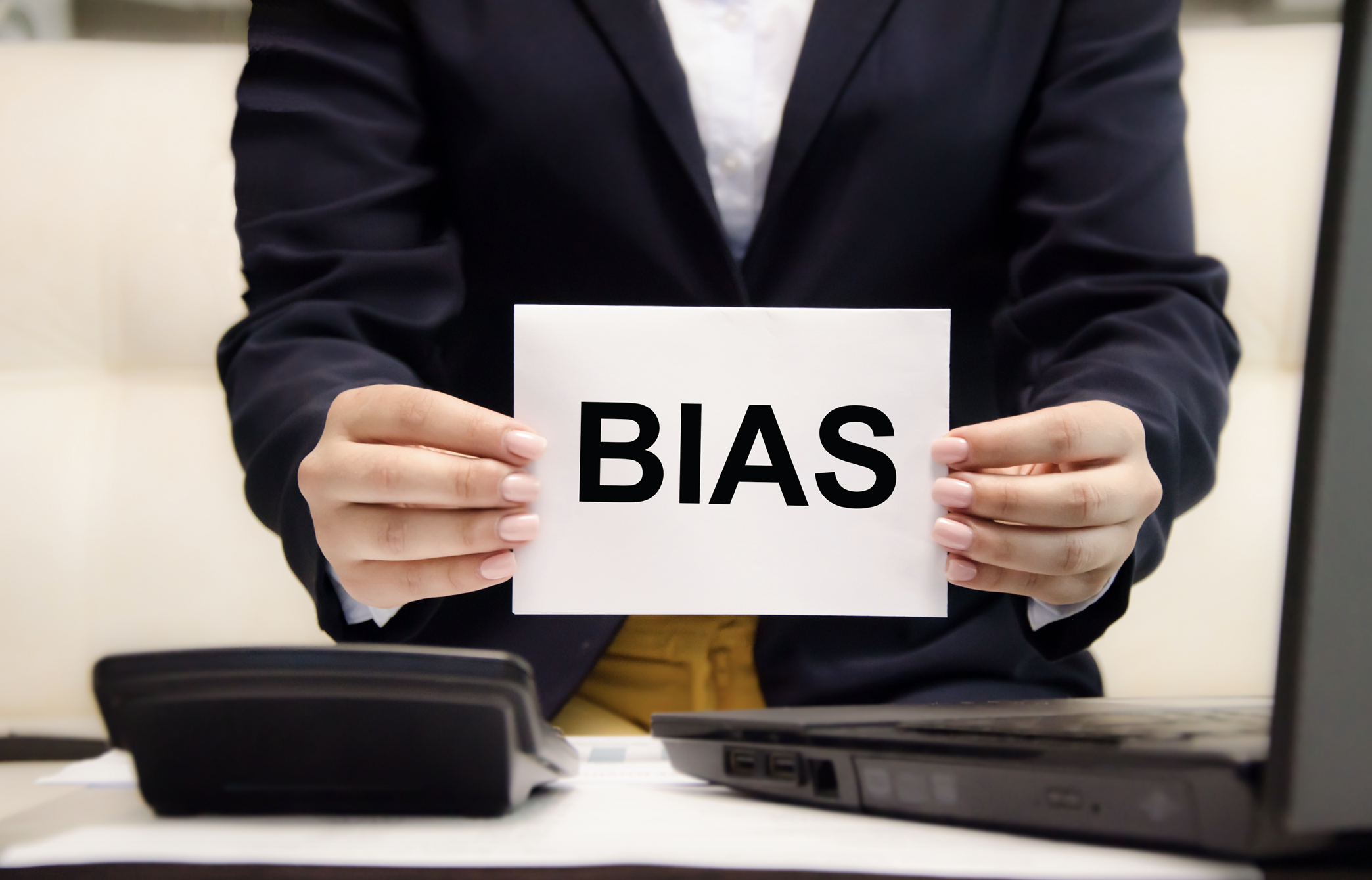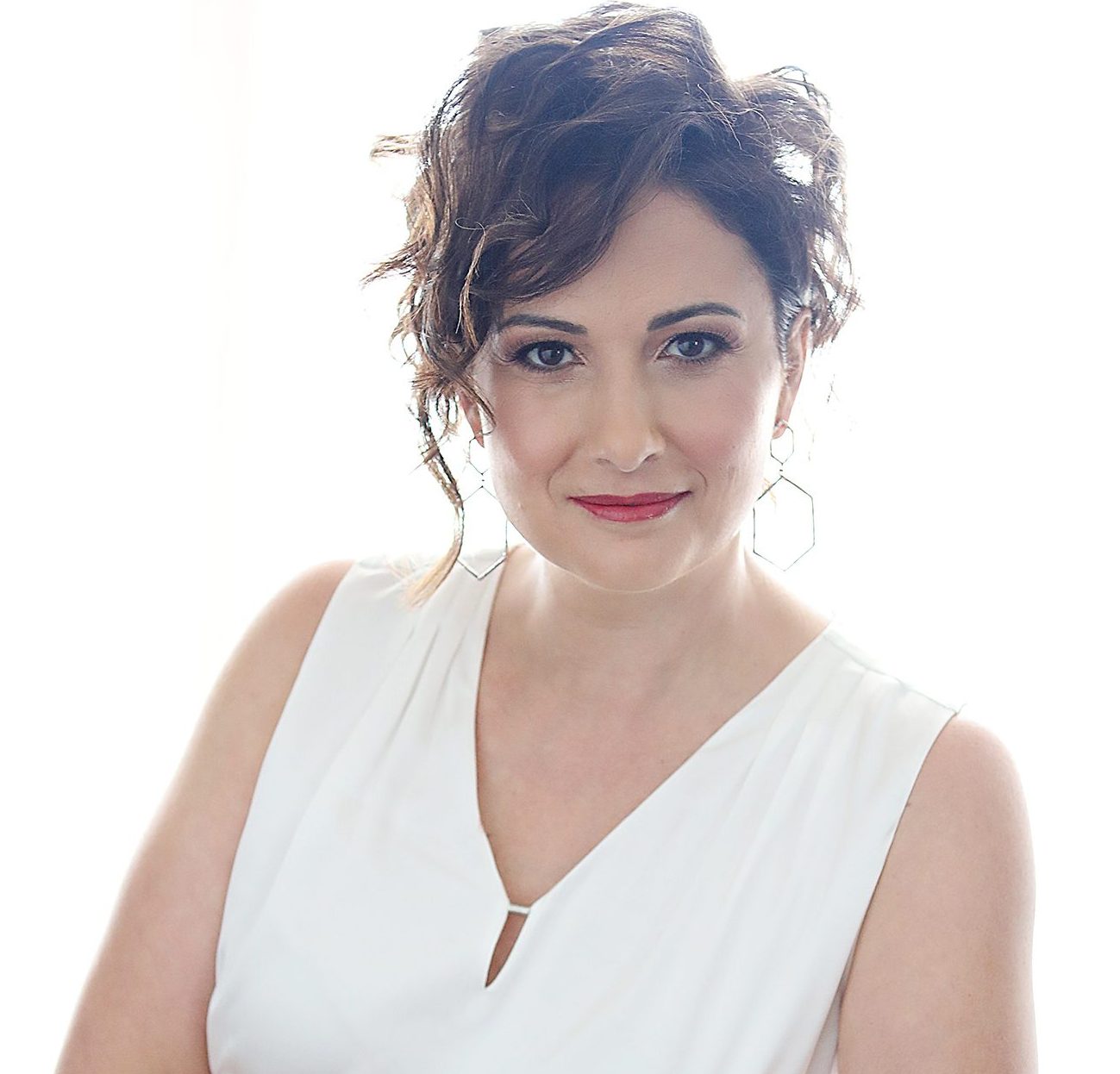
Our brain takes in millions of pieces of information per second; however, it can only fully process forty pieces of information at a time. Due to this overload, we often take mental short cuts to decide whether things are safe, dangerous, welcoming, or scary. These automatic thoughts can lead to harmful unconscious biases, predispositions towards or against certain types of people, races, or genders. The first step to managing unconscious biases is developing self-awareness and understanding where our preferences lie. Here are three activities for beginning to decipher our own unconscious biases:
The Circle of Trust
Make a list of five to ten people who you trust. Try to focus on friends, peers, and coworkers rather than family members. Then, move down the list and place a checkmark by individuals who are similar to you in each of these categories:
- Ethnicity / Race
- Religion
- Political Views
- Sexual Orientation
- Socioeconomic Background
Feel free to add more categories or leave blanks if you are unsure. Looking at the people in your circle of trust, what do you notice? Are these individuals homogenous or diverse? We do not often put conscious thought into our friend groups. This activity serves to show how our predispositions may result in the people that we trust that mirrors ourselves. A uniform group may create a negative echo chamber of the same ideas, reinforcing harmful stereotypes and playing into our unconscious biases. If you see multiple checkmarks by each name, it may be time to branch out of your comfort zone and establish friendships with unique individuals that think and acts differently than you.
Negative Incorrect Assumptions
For this thought exercise, think of a time when someone made a negative and incorrect assumption about you. How did this make you feel? Imagine if many people you have encountered made the same assumption every day of your life. How would this affect your day to day interactions? What influence would this have on your mental health and social activity? This exercise helps us understand the experiences that many minority individuals continuously face. Research has shown that constant discrimination triggers our brain’s trauma center affecting overall health, genetics, and even future generations. Through this evaluation, we begin to see the effect our unconscious biases have on those around us, emphasizing the importance of self-reflection and growth.
Project Implicit
This exercise takes place at Harvard’s Project Implicit website. Through their Implicit Association Test (IAT), the program determines your affinities for different groups of people. From different sexualities to religions and even political views, this website allows us to learn about our unconscious biases and determine where change is needed.
By completing these activities, we take the first steps towards uncovering our unconscious biases. This process is integral to establishing the understanding and self-reflection for managing these automatic thoughts. As we become more aware, we can begin to combat negative thoughts and actions which may have harmed those around us. These three activities are a great start to breaking down the boundaries of bias and establishing strong, diverse relationships.
Dima Ghawi is the founder of a global talent development company with a primary mission for advancing individuals in leadership. Through keynote speeches, training programs and executive coaching, Dima has empowered thousands of professionals across the globe to expand their leadership potential. In addition, she provides guidance to business executives to develop diversity, equity, and inclusion strategies and to implement a multi-year plan for advancing quality leaders from within the organization.
Reach her at DimaGhawi.com and BreakingVases.com.

